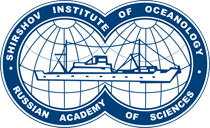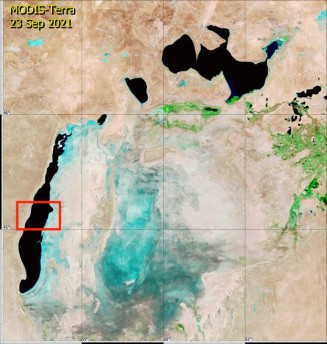 Picture 1. Western basin of the Great Aral Sea - the area of the expedition.
Picture 1. Western basin of the Great Aral Sea - the area of the expedition.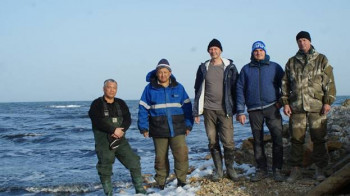 Picture 2. Scientific staff of the expedition.
Picture 2. Scientific staff of the expedition.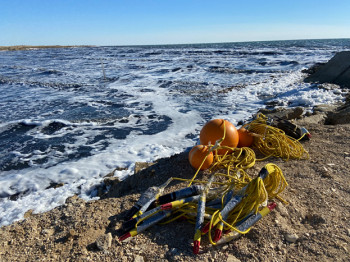 Picture 3. Anchored station prepared for putting into the sea.
Picture 3. Anchored station prepared for putting into the sea.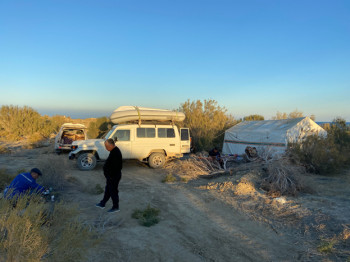 Picture 4. Camp of the expedition on the shores of the Aral Sea.
Picture 4. Camp of the expedition on the shores of the Aral Sea.In the period from 10 to 18 October 2021, the 24th expedition of the IO RAS to the Aral Sea took place. Within the framework of a joint project, scientists from the Shirshov Institute of Oceanology of RAS and the Leibniz-Institute of Freshwater Ecology and Inland Fisheries (Berlin), in cooperation with the Karakalpak Scientific Research Institute of Natural Sciences (Nukus), conducted comprehensive marine research in the central part of the western basin of the Great Aral seas.
The main goal of the expedition is to study the current regime of vertical mixing of waters in the western basin and the response of the ecosystem to its possible variability. Previous expeditionary studies of the IO RAS in the northern part of the western basin revealed the existence of a heliothermal nature of the vertical structure of waters and meromictic mixing conditions in the separating Chernyshev Bay, which raises an urgent question about the possibility of the presence of similar features in the main part of the western basin. As a result of work in the water area, information was obtained on the modern thermohaline stratification of the basin's waters, and water samples were taken to study the ion-salt composition, general water salinity, and dissolved methane concentrations. For the first time for the Big Aral, a surface alongshore trawling for microplastics was carried out at a distance of 4 km. In addition, in the central part of the basin, an autonomous anchored station equipped with sensors for temperature, dissolved oxygen and pressure was set up, which will allow for the first time for the western basin to obtain information on the variability of the parameters of stratification and vertical mixing in the annual cycle.
Within the framework of the hydrobiological block of work, the concentrations of the gill-footed crustacean Artemia perthenogenetica were investigated in the open and coastal parts of the basin, and samples of phytoplankton and microphytobenthos were taken. Also, observations have revealed extensive sources of groundwater on the horizon of the freshest drainage of the coastline. Such seepage is both brook and lower, and an extensive raincoat runoff with depths of up to several centimeters. The bottom surface here is densely covered with algo-bacterial mats, which retain water and contribute to the formation of floating salt crusts. The composition and structure of the mats gradually changes from the source, where bacterial membranes predominate, to areas of wide runoff, where communities are composed of macrocolonies of diatoms and cyanobacteria. Depending on the microlandscapes of the bottom and the concentration of salt crystallizing along the edges of the flow branches, the communities modify the structure. Microscopic examination of the samples showed not only a relatively high diversity of microorganisms, but also the presence of three species of diatoms, new for the Aral Sea, that entered such biotopes after 2019. In different areas of the water area, flights and feeding of small flocks of aquatic birds were observed.
